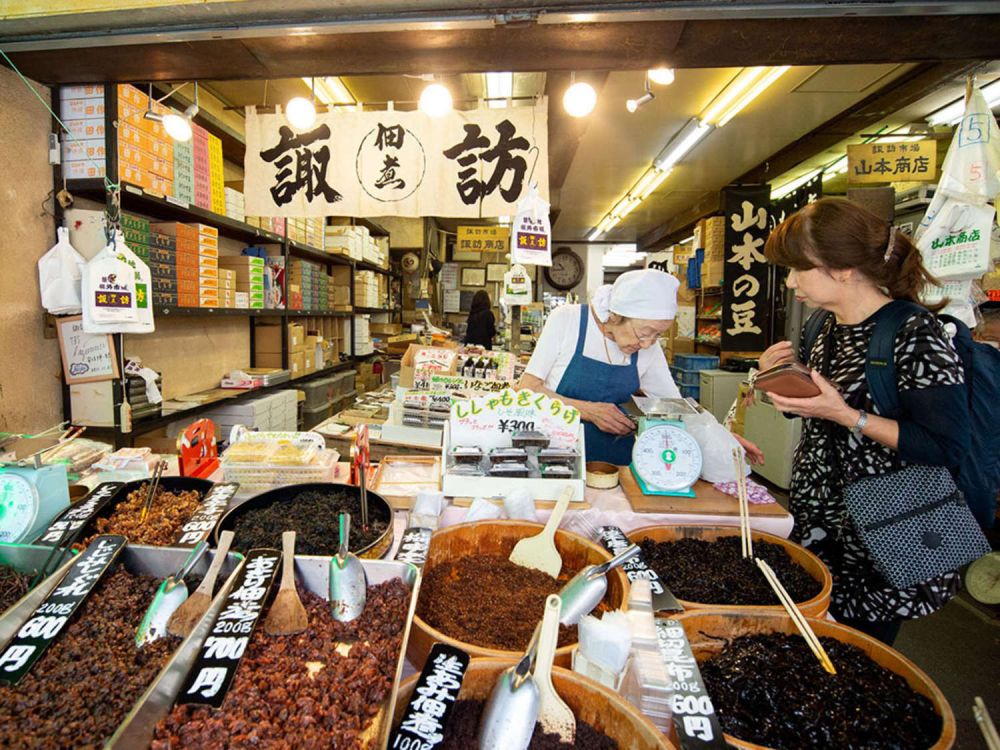

Nestled in the bustling city of Tokyo, the Tsukiji Outer Market is a destination rich with cultural heritage and gastronomic delights. Once part of the infamous Tsukiji Market, which was the largest wholesale fish and seafood market in the world, it has long attracted visitors from across the globe. Although the inner wholesale market moved to the new Toyosu Market in 2018, the Tsukiji Outer Market continues to thrive as a popular tourist spot.
The origins of the Tsukiji Market date back to the 17th century, during the Edo period, when it started as a simple fish market. It officially opened in its more recognized form in 1935 and quickly became a centerpiece in Tokyo’s economic and gastronomic life. Over the decades, it gained international fame not only for the daily tuna auctions but also for the variety of fresh foods and unique Japanese culinary experiences it provided.
Tourism at the Tsukiji Outer Market began to take shape as visitors discovered the area's labyrinth of small retail shops and food stalls. Tourists flocked to the market to sample fresh sushi, see the vibrant stalls packed with exotic ingredients, and soak up the market’s electric atmosphere.
As the 20th century progressed, Tsukiji's popularity as a tourist destination soared. In recent times, the market has adapted to the shift in visitors from predominantly wholesale buyers to a mix that mostly includes culinary enthusiasts, international tourists, and locals looking for quality produce and food items. After the relocation of the inner market to Toyosu, the Tsukiji Outer Market displayed resilience and retained its charm, continuing to attract crowds for its open-air shopping experience and its traditional, old-Tokyo vibe.
Today’s tourists are increasingly interested in authentic experiences involving local culture and cuisine. The Tsukiji Outer Market perfectly fits into this trend, offering a rare glimpse into the world of Japanese gastronomy and the daily lives of the people who make it so rich. Food tours, sushi-making workshops, and cooking classes have become particularly popular as visitors look to immericate themselves in the culinary traditions found here.
For those planning to visit, the market is more than just a place to eat sushi—it’s a bustling hub where one can encounter a variety of Japanese foods, from fresh wasabi and tea to kitchenware and ceramics. Despite the changes over the years, Tsukiji Outer Market remains a pivotal Tokyo attraction, encapsulating a rich history and offering an experience that is deeply rooted in the sensory tapestry of Japan.
Efforts to preserve the historical impact of the Tsukiji Outer Market are ongoing. The community of business owners and supporters continue to strive for the protection and promotion of this valuable cultural area, ensuring that it will remain a beloved destination for those looking to discover the many flavors and facets of Japanese culture.